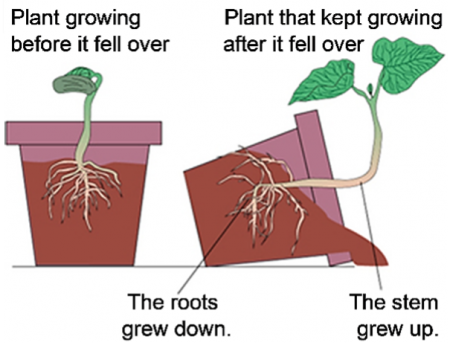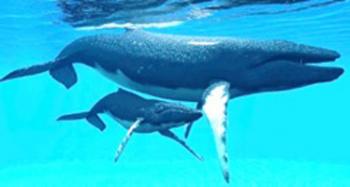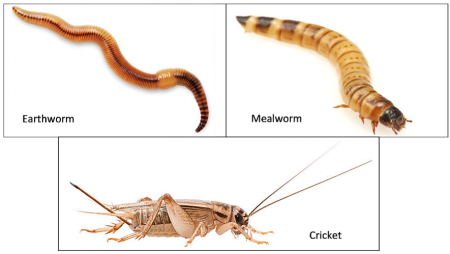Serendip is an independent site partnering with faculty at multiple colleges and universities around the world. Happy exploring!

don't miss
the photos from your final performances @
/exchange/courses/GIST/s11/photos6
thanks again for being so "game"!
Anne and Liz

Welcome!
![]() Welcome! to Literary Kinds, a spring 2010 course @ Bryn Mawr College, where we are exploring the literary categories we call "genres," thinking about the ways new ones evolve, and asking what aesthetic, cultural and political purposes those transformations may serve. Our first imaginative test case will be that blogs; who knows where we'll turn thereafter?
Welcome! to Literary Kinds, a spring 2010 course @ Bryn Mawr College, where we are exploring the literary categories we call "genres," thinking about the ways new ones evolve, and asking what aesthetic, cultural and political purposes those transformations may serve. Our first imaginative test case will be that blogs; who knows where we'll turn thereafter?
We're glad you are here, and hope you'll come both to enjoy and value our shared exploration of category-making. Why do we do it, and what does it get us? What's it keep us from getting? Feel free to comment on any post below, or to POST YOUR THOUGHTS HERE....



 In this analysis and discussion activity, students investigate several examples of plants that have grown in odd shapes.
In this analysis and discussion activity, students investigate several examples of plants that have grown in odd shapes.



